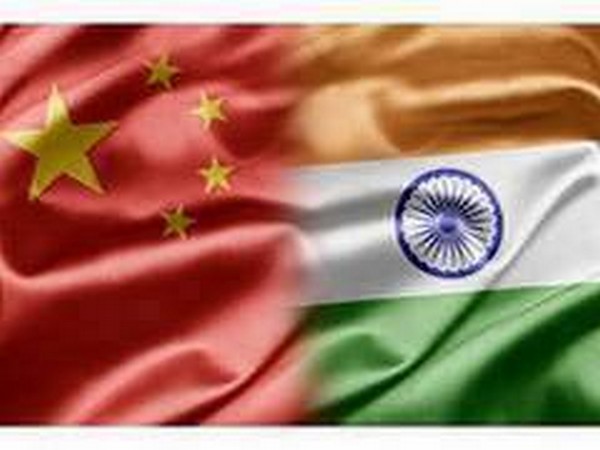


China has ceased to be the world’s best place for business, a fact that is more than apparent by now. The tide started to turn from 2020, when with the onset of Covid, China shut down city after city, disrupting supply chains the world over. Everyone got a rude wake-up call on the downside of keeping all one’s eggs in one basket. Nearly three years down the line, China has been lurching from one hiccup to another, with Xi Jinping adding his bit of ideological disruption to his country’s business climate. In his pursuit of “common prosperity”, apparently for reducing the gap between the rich and the poor, Xi has taken the hatchet to sector after sector, be it information technology or real estate. He is trying to return China to its socialist moorings. State control is coming back, along with regulatory interventions. Xi Jinping’s Zero Covid policy, even after recent relaxations, is punishing enough for violent protests to break out in Foxconn’s main iPhone factory in Zhengzhou. All this taken together has resulted in a slow movement of industry out of China. Given India’s capacity to absorb much more than what small countries like Vietnam, Bangladesh, Thailand and others can do, much of the movement out of China can be towards India. According to many recent international news reports, India has the cheapest manufacturing cost in the world, even cheaper than Vietnam, which comes at number 3 and China at number 2. This is a huge advantage that India has over other countries, for which it needs to seize the moment. This is not the time to erect barriers or oppose the entry of foreign multinationals, saying they will hurt indigenous industry. The target should be to make Indian industry global, which some of the top companies have already done. This is also the time to stay vigilant about the industrial climate of the country, given China will take steps—in fact is taking—to hurt India’s image globally as a destination for foreign investment. For instance, any repeat of incidents like the labour violence at Wistron’s Karnataka factory in 2020 can be a dampener. Of course, it does not mean that foreign companies can get away with labour abuse. Hence, attention should be paid to ensure companies setting up shop here create adequate conditions for the labour to thrive.